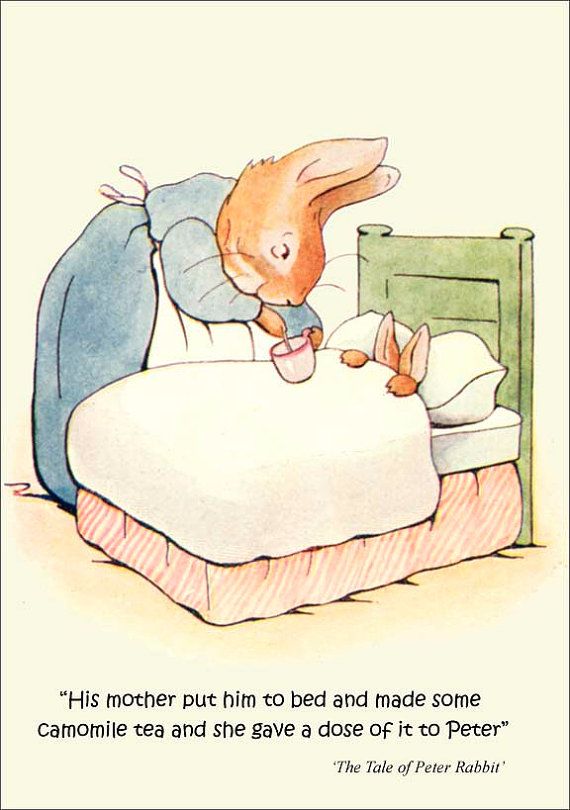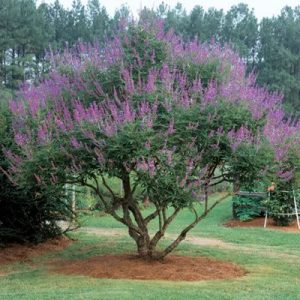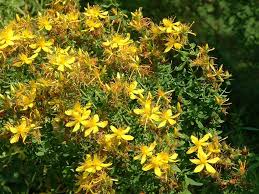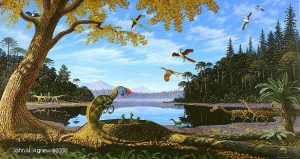
Plants have been used for thousands of years to heal. I grew about a dozen little Chamomile plants from seed and tucked them into my garden last weekend. I got better germination than I expected and, if I am lucky, I should have Chamomile to share with friends. Like little Peter Rabbit, any of us can have a bad day and Chamomile has long been embraced as a cure for anxiety and insomnia.
Most proponents of plant cures are too human-centered for my taste. They make breathless, often commercialized, claims about plants as though the plants are mindless, passive beneficials here for the purpose of healing humans.
Plants are great chemists and have been working out one chemical compound after another to protect themselves for 700 million years. The defense mechanisms of plants are a kind of warfare, dangerous and powerful. That the chemistry used by plants is not very well understood by humans is not a surprise; we only rolled in 200,000 years ago. For example, Chamomile is said to be able to fight allergies, cancer and inflammation, but it also can cause excessive bleeding if used long term in combination with other drugs and it can cause allergic reactions. Excess and ignorance are everywhere.
I love the idea of using plants for good health. I have plants in my garden that feed bees and plants that attract butterflies. I have plants that are simply beautiful. But I have also planted many of the healers of the plant world. I have two Elderberry trees, now in full bloom. Their white flowers and dark berries can be made into wine and tonics that boost the immune system and help fight flu, make skin beautiful and maybe prevent cancer. But the stems, unripe fruit, roots and leaves of the plant are all poisonous. It is an exercise in patience to separate the teensy flowers and ripe fruit from the poisonous stems. I did it only once.

I also love my Vitex tree. I have never tried to crack the toolbox of this tree for its health benefits. It is famous for boosting fertility and for its ability to cure many women’s complaints. I like to have it in my yard just in case.
The venerable St. John’s Wort is a native plant in my area, and has been used for centuries to reduce scarring and to help with inflammation. Its most famous use is as an antidepressant. Recent studies show it can induce mania just like most conventional antidepressants so it must be used thoughtfully and with care.

There are hundreds of plants and trees that can help us live healthier lives: lavender, valerian, cinnamon, sage, peppermint, tumeric. I have a dozen books on medicinal plants but find the subject so very detailed, so very mysterious. It’s fun to try and draft off what the plant world has created to help me live better.
The Ginkgo tree helps us keep in mind that plant remedies belong to the plant world. While extracts made from this tree can help us with memory loss, fatigue and mood disorders, the Ginkgo dates back 270 million years. The illustration below shows a dinosaur standing under the tree. We can only imagine the chemical genius that has allowed this tree to succeed year after year after year. To heal itself year after year.
